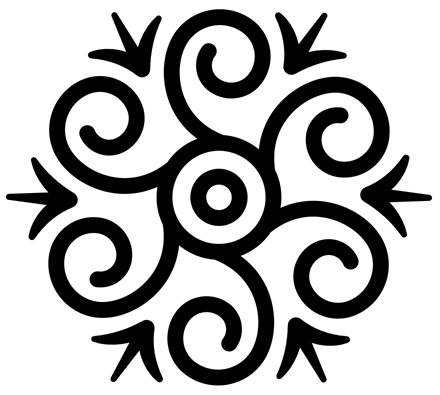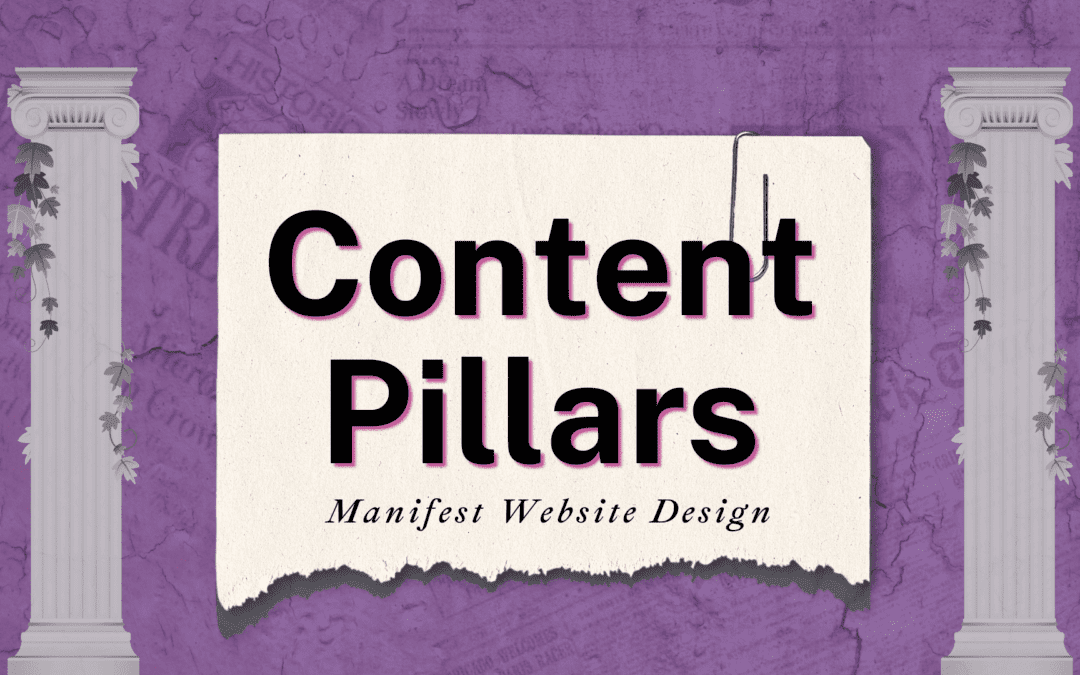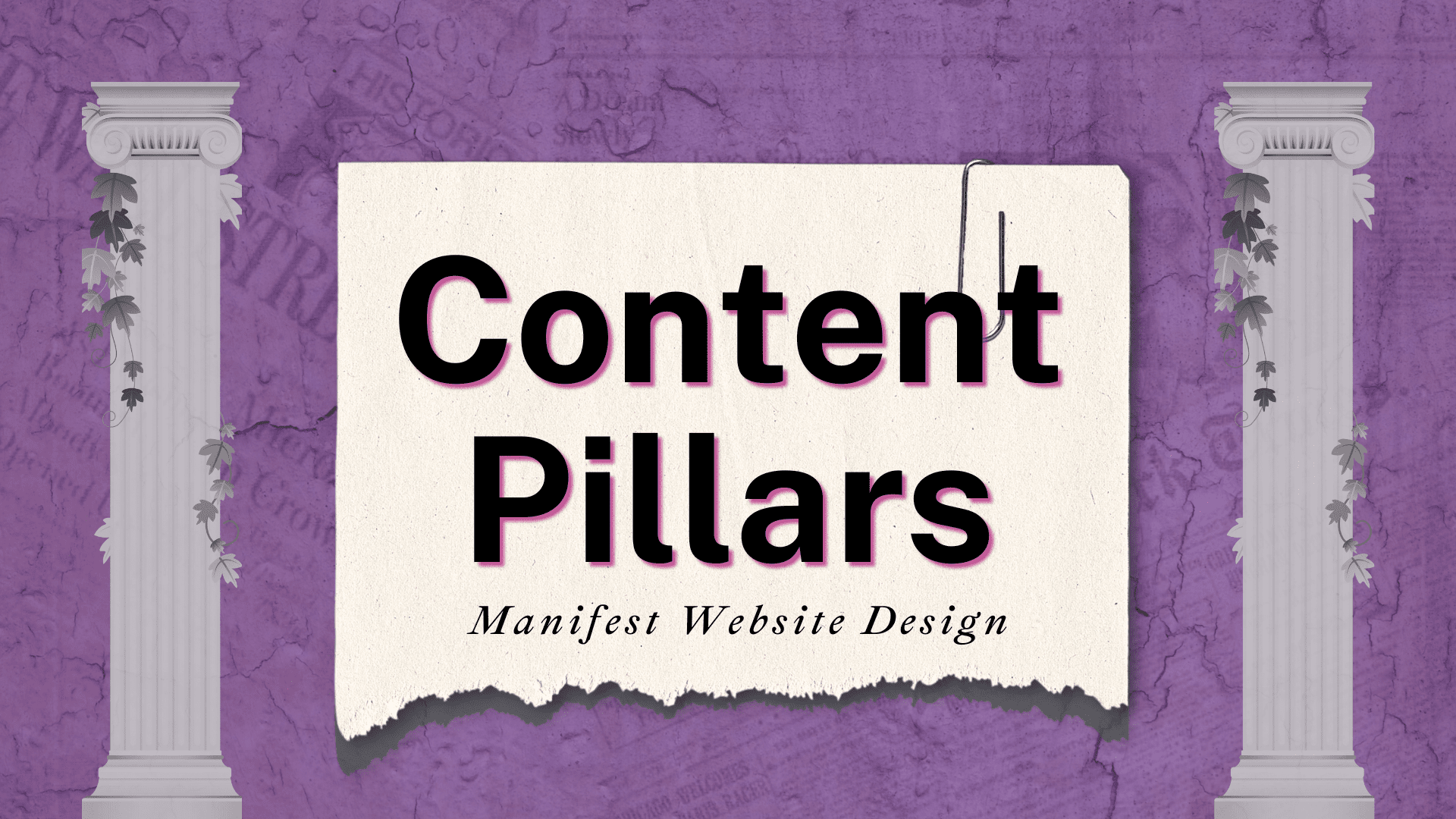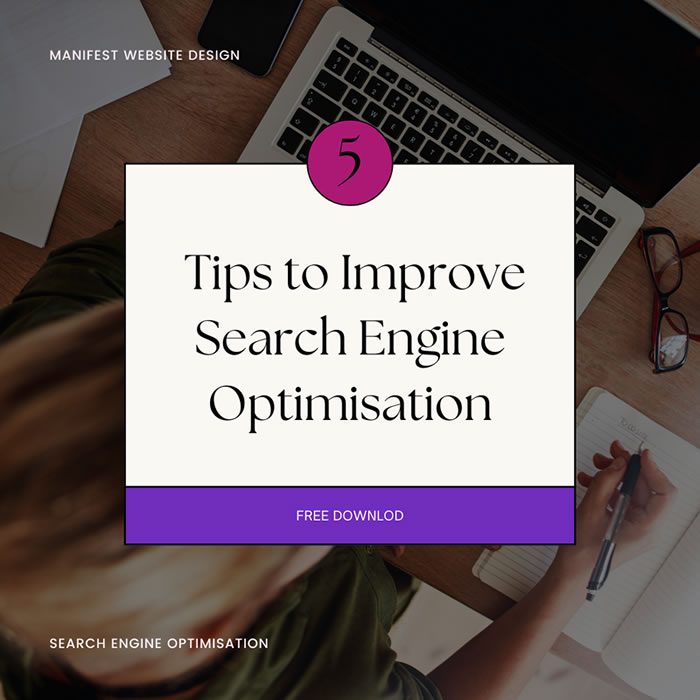Content Pillars: The Secret to Content Marketing Success
In the field of digital marketing, there’s an adage that’s as enduring as it is undeniable: Content is king. The right content can inspire, inform, and lure audiences into learning more about the kingdom (in this case, the brand), while the wrong content can just as quickly turn those audiences away.
The things is, while content is indeed king, you’ll need a well-crafted strategy to effectively rule the digital kingdom. This is where content pillars come in – the unseen, often underappreciated backbone of a successful content marketing strategy.
So what are content pillars? In the context of a blog, content pillars are the grand themes or subjects that your articles revolve around. By tying these topics together, you’ll be able to create an infinite array of content pieces that are tied back to your brand’s core message.
What Are Content Pillars?
Simply put, content pillars are a greater narrative that you can turn into many smaller pieces of content – be it another blog post, eBook, podcast, webinar topic, or social post, among others. These aren’t just any random themes. Rather, these are topics that resonate deeply with your brand, your expertise, and your audience’ interests.
Content pillars ensure your content doesn’t stray into obscurity. They connect the dots, linking each piece of your content under a larger, more comprehensive idea.
In terms of search engine optimisation (SEO), content pillars also help you build strong interlinking within your site that can do wonders for your site’s rankings.
How to Build High-Performing Content Pillars for a Blog
1) Know Who You’re Speaking To
Your content isn’t for everyone; it’s for someone specific (or perhaps, a specific group of people with similar characteristics). The first step in building effective content pillars is to know who you’re speaking to:
- Who are they?
- What are their needs, desires, challenges?
- What do they want to learn more about?
Understand their world, their pain points, their aspirations. Speak their language. Your content isn’t about you – it’s about them. It’s about adding value to their lives, solving their problems, meeting their needs. When you know who you’re speaking to, you can select themes that strike a chord with them.
2) Brain Dump Everything, Then Narrow Down
Jot down all the topics, themes, and subjects that you’re passionate about, the ones where your expertise shines the brightest. Let your thoughts flow freely, without any constraints. This is your “brain dump”.
Once you’ve listed down all possible topics, start to narrow them down (3 to 4 main categories/content clusters). Not all topics will align perfectly; some might need to be pruned, and that’s okay. Select those that align the best with your brand and your client personas.
3) Branch Out From Your Pillar Post
With your potential content pillars in place, it’s time to explore their depth and breadth. Each pillar opens up a vast array of sub-topics or related themes. Each pillar (or trunk) has sub-topics acting as a branch that goes into different directions.
For example, if your pillar is “Digital Marketing”, sub-topics could include SEO, social media marketing, content marketing, and so on. These sub-topics should not be treated as isolated topics, but as extensions of the pillar, fleshing out its various aspects and adding depth to your content strategy.
By branching out from each pillar, you create a vast reservoir of content ideas, each one unique in its own right. This not only adds diversity to your content but also ensures it stays relevant and connected to the pillar.
4) Commit to Your Content Calendar
With your content pillars and sub-topics defined, now comes the exciting part – creating the content. This is where you transform your ideas into compelling narratives, into content that adds value, that resonates, that inspires.
Create a content calendar that makes the most sense for you. How frequently can you publish content without compromising quality? Will your audience be able to feel that your content is a conversation with them? Are all your content pillars getting ample time in the spotlight?
5) Your Content Marketing Strategy Should Evolve With You
Just like you, your content strategy should be dynamic; it should evolve. As you grow in your expertise, as your audience grows, as the market dynamics change, your content strategy should adapt.
Your content pillars are not set in stone; they are flexible and adaptable. They should reflect your growth as a brand. Ask yourself: Are your content pillars still resonating with your audience? Are they still aligned with your vision? Are they still reflecting your expertise? If not, don’t hesitate to refine them, tweak them, or to even replace them.
Examples of Content Pillars for Various Industries
| Industry | Examples of Content Pillars |
| Digital Marketing |
|
| Finance and Bookkeeping |
|
| Health and Fitness |
|
| Trades Business |
|
Lay the Foundation of Your Content Marketing Strategy With Manifest Website Design
Creating content isn’t easy. But it’s more important than ever.
The strength of your content marketing strategy, thus, lies not just in the king – the content – but in the meticulously curated content pillars that inform and influence it.
At Manifest Website Design, we help you identify, define, and refine your content pillars to create a vibrant and engaging content ecosystem. Remember: You’re not just publishing content; you’re building a legacy.
We’ll create content that stands the test of time. Request for a content marketing package that fits your budget today.

ANA AMISTAD
About the Author
Ana is a Content Manager at Manifest Website Design specialising in digital marketing, SEO, and meaningful stories. Her byline is often found 3,000 feet above sea level.
After hours, she enjoys psych thrillers, reading, dying in video games, and having good conversations. You can reach out to her on LinkedIn.




